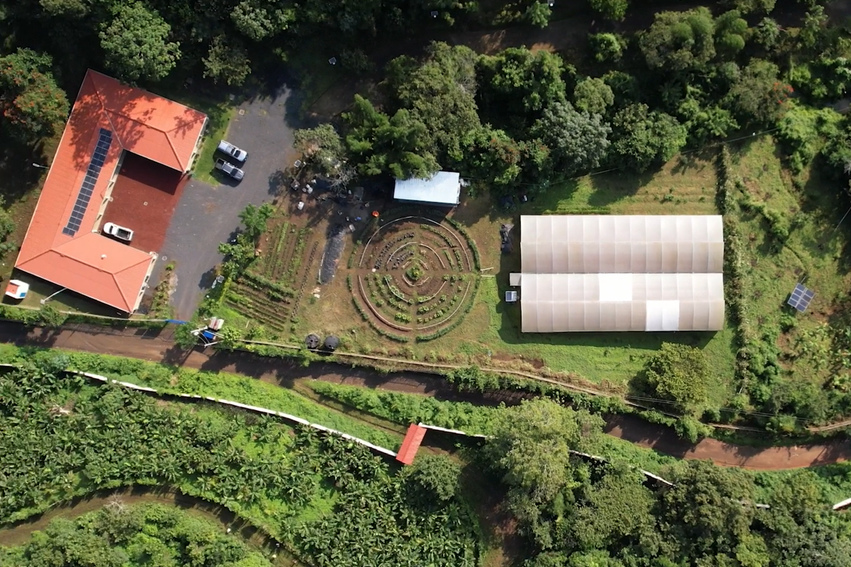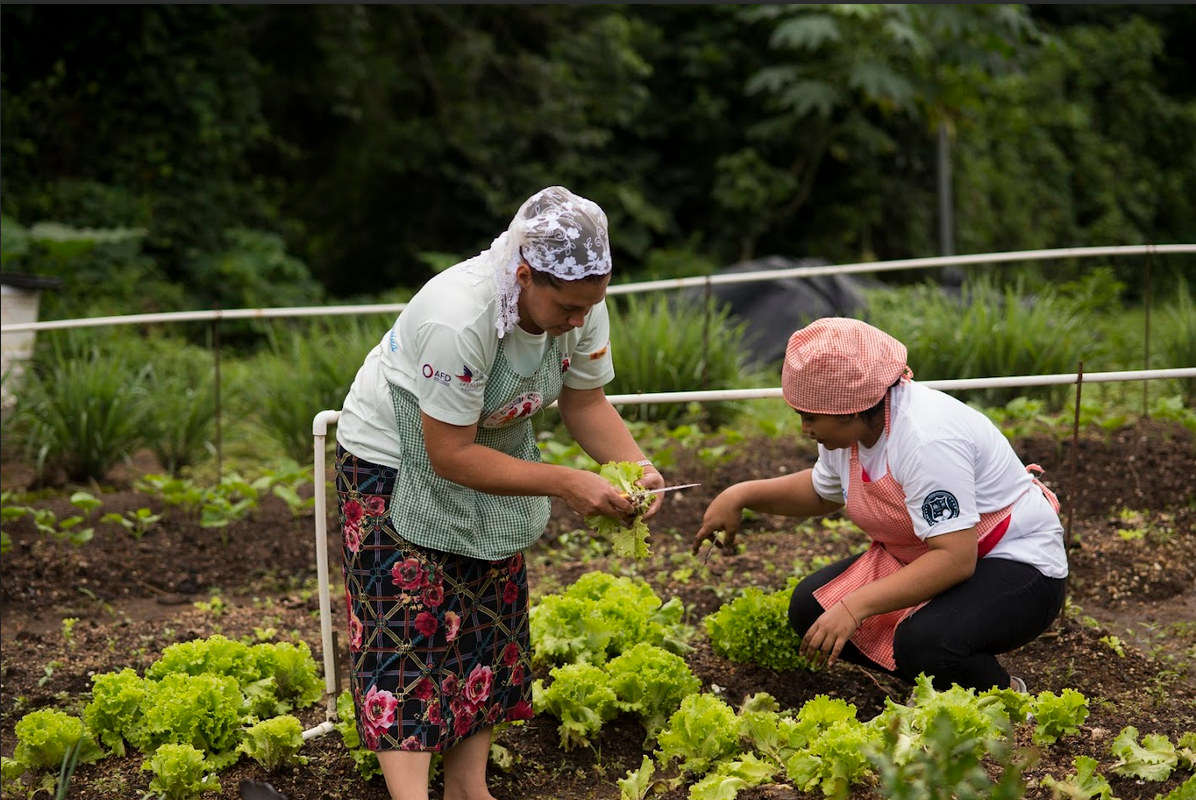Resilience, traditional wisdom and data: local learnings for adaptation to climate change
March 22, 2024
How can we empower communities to adapt and thrive in the face of increasing climate risks and impacts affecting all regions in the world, such as heat waves, droughts, storms and floods?
During a conversation with a group of farmers from a small territory in El Savador (Comasagua), memories emerged of the stories that their parents and grandparents told them about how to interpret the signs of nature. Bird migrations, nesting, moon phases, and other natural behaviors were reliable indicators of the weather. "Before, people were more synchronized with nature", they all agreed.
But times have changed, they also claimed. The rains no longer follow the patterns they used to. Droughts have become more frequent and storms, when they arrive, seem unpredictable. Despite these challenges, farmers in this area have not lost hope. They have noticed the changes, and although they told us that the concept of climate change is still somewhat abstract to them, they are very aware of the impacts.
These are some stories from farmers of La Canasta Campesina Cooperative, an agroecology and organic agriculture initiative identified by the UNDP Acceleration Lab in El Salvador during a solutions mapping tour of grassroots environmental initiatives.
In the Cooperative, over 130 women and young men cultivate crops across diverse land types, including orchards, plots, and greenhouses. These lands are dispersed among surrounding communities, situated at altitudes ranging from 400 to 1200 meters above sea level. These fields are proximate to the Eco-Finca farm, located just 2.5 miles from the urban center of the municipality.
In this manner, numerous local families collaborate to produce fruits, vegetables and aromatic herbs, from an organic approach that they use to generate income through the sale of baskets of organic products, while actively promoting the protection of soils and the promotion of environmental awareness.

Image 1. Aerial view of the farm where La Canasta Campesina Cooperative is located.
But the stories do not stop there: Beatriz, for instance, is a third-generation farmer and an active member of this community. She is also a living testimony of the use of data for adaptation. Since 2017, she records the millimeters of precipitation every day using a rain gauge provided by the National Center for Agricultural and Forestry Technology (CENTA). These records allow her to make decisions about which crops are best suited for her plot, based on weather conditions. The knowledge passed on to her, her experience and hydrometeorological data have taught her to plant Kale and Cabbage, two moisture-resistant options when circumstances demand it.
In addition, Doribel is another neighbor who participates in this short circuit of production and selling. For 2 years she has also been part of a Civil Protection committee thanks to the invitation of the sector's Community Development Association (ADESCO) and constantly receives climate updates through channels such as WhatsApp groups. These alerts provide her with a comprehensive understanding of the environmental conditions in her surroundings.
As a result, every Monday, Doribel has the opportunity to share information with her peers in the cooperative, thereby contributing to the dissemination of alerts in the area, facilitating decisions for the distribution of seedlings and contributing to the planting plan of other community members.

Image 2. Farmers working crops in the Eco-farm of La Canasta Campesina Cooperative.
As an Acceleration Lab, these experiences led us to conduct a learning cycle in which we could research how to prepare and communicate understandable climate information, and how this could allow agricultural producers to make decisions to build a more resilient and sustainable present and future for themselves and their communities.
Over the course of the last few months we have found ourselves invested in the exciting task of testing a series of hypotheses through climate information products, designed with a human-centered approach. At this point, you are likely wondering, what exactly are climate products? Well, essentially, these products combine three elements: (a) climate data, (b) knowledge about how to act based on this data and (c) communication channels.
In other words, the design process of these products begins with the research to identify the climatic variables that farmers need for their crop planting and harvest plans. Then, we focus on how to translate this data into practical recommendations. Finally, we investigate the most effective delivery channels to communicate the messages.
A task like this is ideal to be addressed with a prototype-based approach, to observe how users interact with the inputs provided, obtain rapid feedback, and quickly overcome the challenges for the adoption of these tools.
As part of this R&D process, we have organized participatory workshops with members and producers of the Cooperative. In addition, we have collected data in the field to explore their utilization of climate information, agricultural practices, and perceptions of the impacts of climate change.
But this is not all; we have conducted hypotheses tests through experiments with randomized survey trials, by using treatment and control groups to unveil whether the actions of their peers have a significant impact on the willingness of farmers to adopt climate adaptation measures.
Similarly, we enriched these climate product designs with findings from experiments that have tested how framing the context of climate change influences attitudes toward potential adaptation measures.
Furthermore, experiments have been implemented to assess whether integrating traditional knowledge, such as observing wildlife behavior and lunar phases, with forecasts and official data from weather stations, can enhance farmers' trust in weather forecasts.
We are enthusiastic to use these inputs to gain insights about what works and what does not in the adoption of climate data and information for adaptation, in a way that allows us to take full advantage of the capabilities and infrastructure of advanced climate services, such as those offered by the Ministry of Environment and Natural Resources in El Salvador (MARN) through its Observatory (DOA).
In future publications, I will share the results of our solution tests with a view to strengthening the connection between the entities that generate climate forecasts and local communities, to empower them against the challenges of climate change.

 Locations
Locations